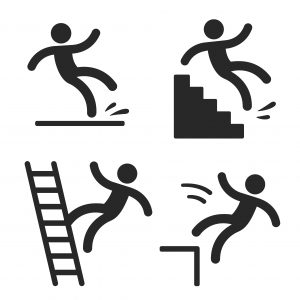The California Supreme Court has sided with Great America Amusement Park in an important bumper car accident case.
In a decision limiting liability of amusement parks for amusement park accidents to patrons, the California Supreme Court ruled on December 31, 2012, that the Great American Amusement Park is not liable for amusement park injuries suffered to a rider of a bumper car resulting from the inherent nature of the attraction.
The California Supreme Court previously held in a case relating to sports (touch football) injuries: “In cases involving ‘primary assumption of risk’–where, by virtue of the nature of the activity and the parties’ relationship to the activity, the defendant owes no legal duty to protect the plaintiff from the particular risk of harm that caused the injury–the doctrine continues to operate as a complete bar to the plaintiff’s recovery.” Knight v. Jewett (1992) 3 Cal. 4th 296. The court now has extended this doctrine to recreational activities, limiting liability for injuries resulting from amusement park rides.
In a suit brought by Smriti Nalwa, due to her fracturing her wrist while trying to brace herself by putting her hand on the car’s dashboard in a head on bumper car collision, the California Supreme Court ruled 6 to 1 that her accident injury was caused by the collision with another bumper car, a normal part of the ride. According to the Los Angeles Times (AA1, January 1, 2013), the court stated, “A small degree of risk inevitably accompanies the thrill of speeding through loops, defying gravity or, in bumper cars, engaging in the mock violence of low-speed collisions. Those who voluntarily join in these activities also voluntarily take on their minor inherent risks.”
In analyzing the legal doctrine of assumption of the risk and recreational activities that inherently involve some risks, the court stated that riders assume some risks when voluntarily riding on bumper cars, specifically stating “[T]he primary assumption of risk doctrine is not limited to activities classified as sports, but applies as well to other recreational activities ‘involving an inherent risk of injury to voluntary participants . . . where the risk cannot be eliminated without altering the fundamental nature of the activity.’ (Beninati v. Black Rock City, LLC, supra, 175 Cal.App.4th at p. 658.)”
Continue Reading
 California Personal Injury Lawyers Blog
California Personal Injury Lawyers Blog












